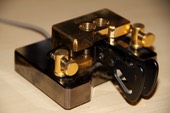Not all baluns are created equally....... below you can see the size difference between a Comet CBL-2000 supposed 1:1 current balun with a 2KW rating for SSB and next to it a DX Engineering, a little futher below a picture of a Baluns Design 4:1 balun.
DXE-BAL050-H10-AT 1:1 current balun with a rating of 5KW - 10KW. The DX balun is specifically designed for use with an ATU. I’m using this one with the doublet antenna.
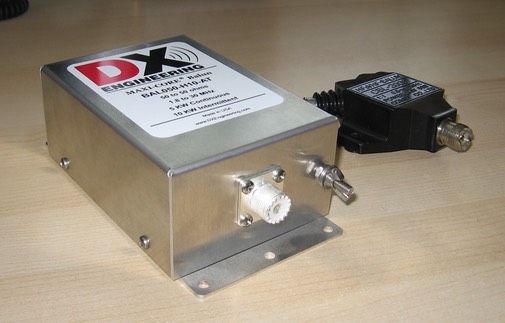
Taking a closer look at the DX Engineering balun reveals a very beefy construction.
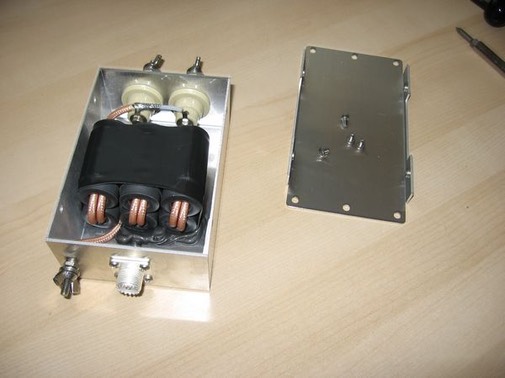
Below is another comparison - this time with a Baluns Design 4:1 balun, I’m using this one with the 40m loop.
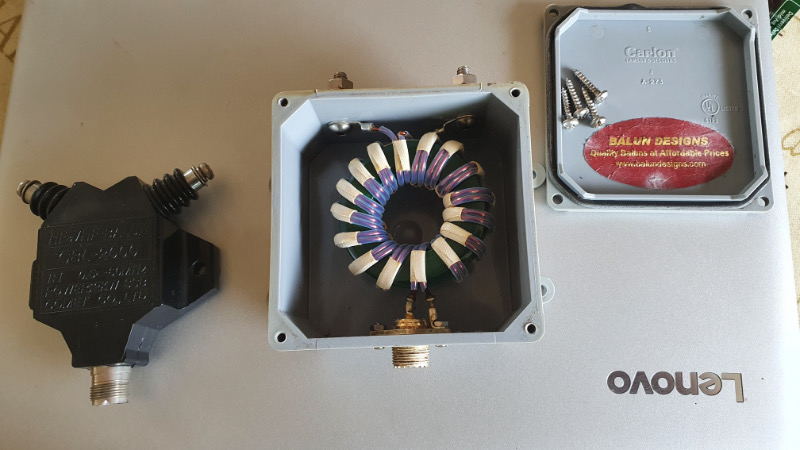
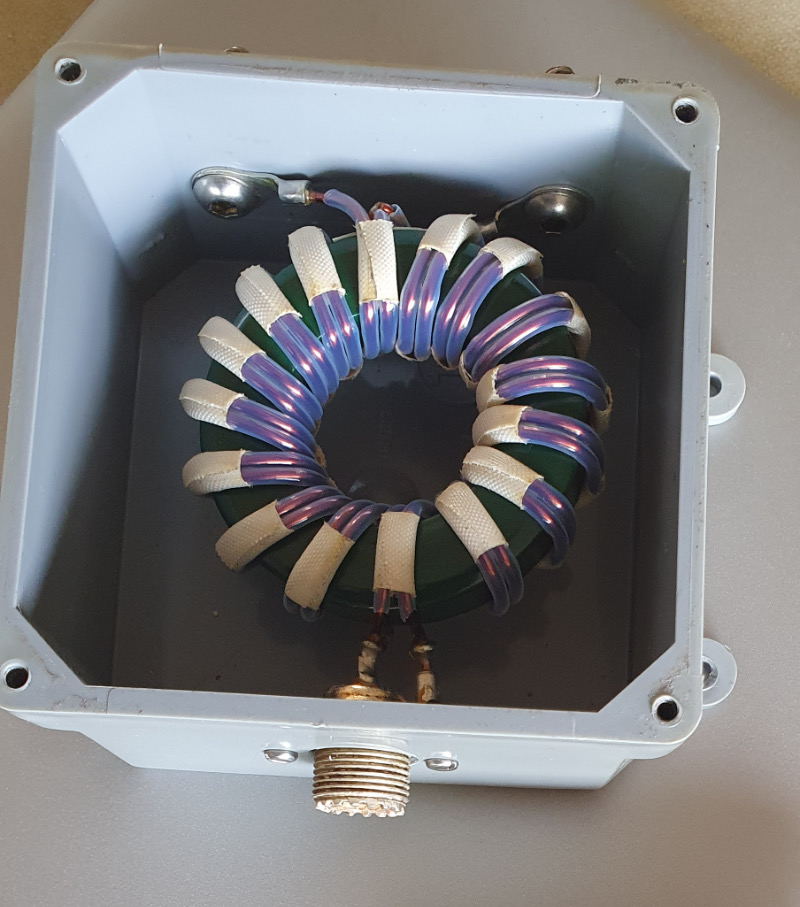
A similar observation has been made regarding feeder cable. The 300ohm
cable on the right sold by most of the UK radio suppliers features 7
stranded cable. The 300ohm cable on the left bought directly from DX Engineering in the
USA features 19 strand 18awg with a velocity factor of 0.88.
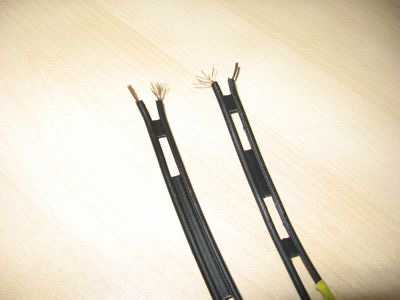
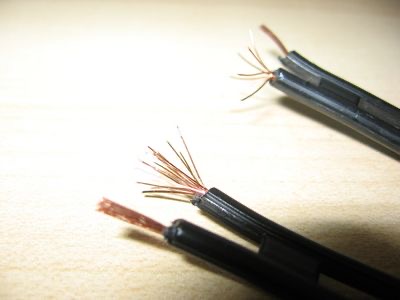
A very useful antenna accessory recently purchased (also from DX Engineering) has been some
ladder line standoffs - these really work well by a) maintaining the
integrity of the balanced line, and b) providing a very neat cable run.
Here follows are some pictures of how I have used them at my QTH. (The
spacer is seen in the first image at the top right)

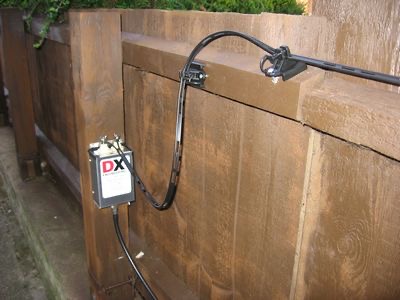

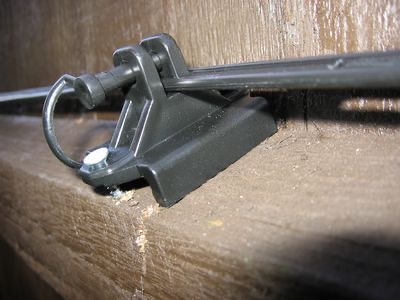
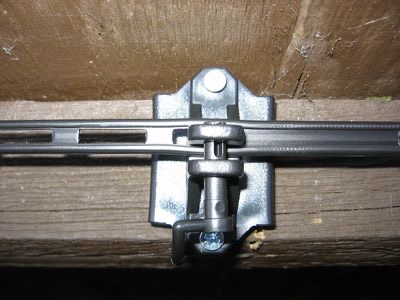

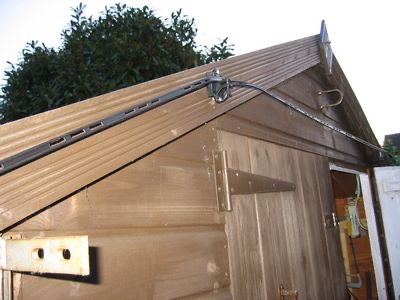



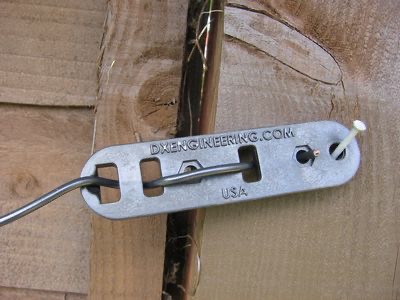
The products above - the balun, ladder line and accessories were purchased directly from DX Engineering - this was the first time I had used them and have to say I have been pleased with the transaction. Their service was resonably speedy and their products appear good value as well as being quality. I conducted some tests comparing the SWR of the DX Engineering and Comet baluns and found the SWR rises with frequency with both of them; the following is a table of my findings.
| SWR Readings | |||
| Frequency | Dummy load only | Comet CBL-2000 | DX Engineering |
| 1.8 | 1.0 | 1.0 | 1.0 |
| 3.7 | 1.0 | 1.0 | 1.0 |
| 7.1 | 1.0 | 1.0 | 1.1 |
| 10.1 | 1.1 | 1.1 | 1.2 |
| 14.2 | 1.1 | 1.1 | 1.2 |
| 18.1 | 1.2 | 1.2 | 1.3 |
| 21.2 | 1.2 | 1.2 | 1.4 |
| 24.9 | 1.2 | 1.3 | 1.5 |
| 28.5 | 1.2 | 1.5 | 1.6 |
The dummy load is a Palstar DL1500, and in the test I was using 100watts.
